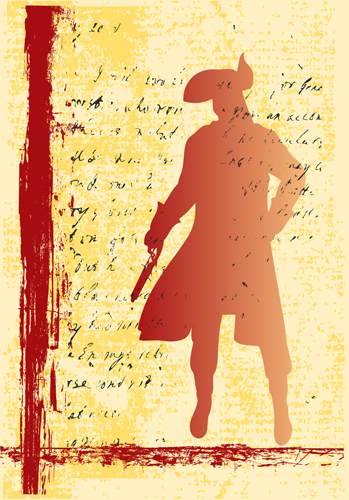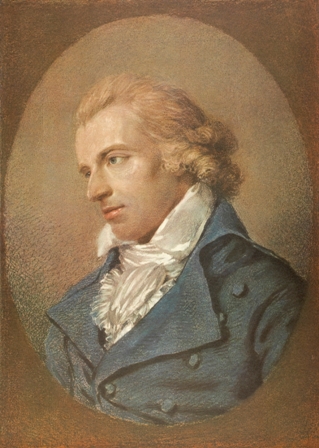Why is Friedrich Schiller called the father of the modern true crime story in Germany? It’s because his debut crime story changed the genre. Schiller shifted the focus from sensationalism to motive. Here’s the tale in a nutshell. Christian Wolf,*...
Murder mystery authors harbor a secret they don’t want you to know. I won’t exactly tell you the secret (it would spoil mystery books for you forever after), but I can tell you a bit about the theory behind it. At a writers’ conference for murder...
What distinguishes true crime from other non-fiction? If you were to measure its pulse, where in the story should you place your two fingers? The German poet Friedrich Schiller (1759-1805) would say motive. He should know. He revolutionized the true...
Who is the most famous true crime author in the world? Truman Capote, perhaps? Or Ann Rule? Think again. If you travel back to the French and German origins of the true crime genre, you’ll find Germany’s greatest poet. He not only wrote...






Recent Comments